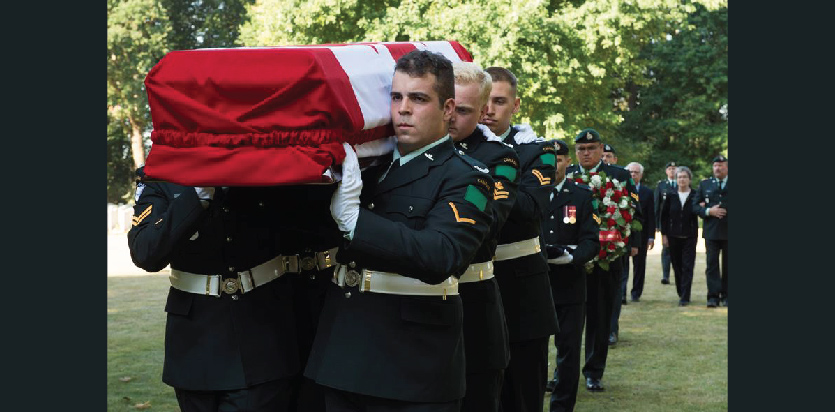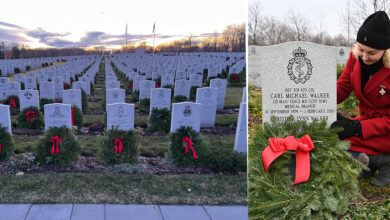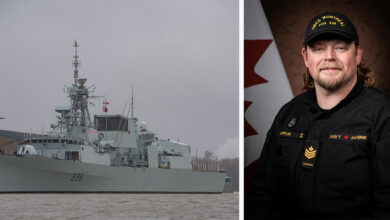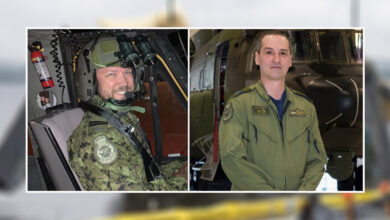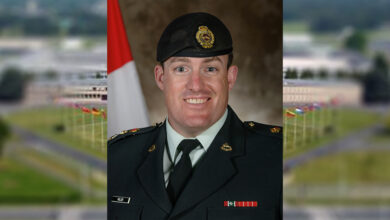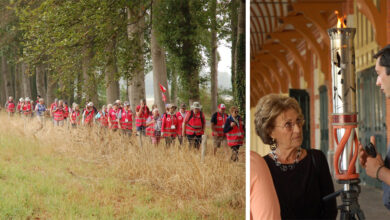Remembering
Canadian soldier killed during Second World War finally laid to rest 72 years after his death
On Sept. 14, 1944, Private Kenneth Donald Duncanson lost his life fighting during the Second World War. On Sept. 14, 2016, 72 years after his death, his body was laid to rest with military honours by his unit, The Algonquin Regiment, at the Adegem Canadian War Cemetery in Belgium.
Duncanson’s remains were identified earlier this year by the Department of National Defence (DND) and Canadian Armed Forces (CAF) after being discovered in a farmer’s field near Molentje, Damme, Belgium on Nov. 11, 2014, by a metal detector hobbyist. They were then fully recovered by the Raakvlak Intercommunal Archaeological Service of Bruges, with assistance from DND’s Casualty Identification Program, and with the support of the Commonwealth War Graves Commission, the Embassy of Canada to Belgium, and the Canadian Defence Attaché.
“We are grateful for the dedication and support of our international partners who made today’s events possible. Private Duncanson’s funeral provides an opportunity for all Canadians to reflect upon the experiences of those men and women who made the ultimate sacrifice for their country. We will always remember them,” stated Harjit Sajjan, Minister of National Defence.
Private Duncanson was born in Wallacetown, ON on June 7, 1915. He married in 1939 and lived in Dutton, ON. He joined the war effort on August 24, 1942, and became part of The Algonquin Regiment in April 1944.
Duncanson was killed when his regiment attempted to establish a bridgehead crossing of the Dérivation de la Lys (canal) and the Leopold Canal. Duncanson was 29 at the time of his death.
“Regardless of the 72 years which have passed since Private Duncanson’s death, it is gratifying to finally be able to give him the dignity and respect of a military burial in a Commonwealth cemetery. His personal sacrifice will never be forgotten,” stated BGen. (ret’d) David Kettle, Secretary General, the Canadian Agency of the Commonwealth War Graves Commission.
Duncanson’s remains were identified through anthropological analysis, historical context, artefact evidence and dental records by the DND’s Casualty Identification Program and with the assistance of the Royal Canadian Dental Corps and the Canadian Museum of History.
Duncanson’s family was present at the burial ceremony thanks support provided by Veterans Affairs Canada.
“We pay tribute to Private Duncanson and his family, who gave so much to this country, as we express our gratitude to serving members and former members of our Canadian Armed Forces, who have made possible our continued enjoyment of peace and liberty. We will honour them always,” said Kent Hehr, Veterans Affairs Minister and Associate Minister of National Defence.


